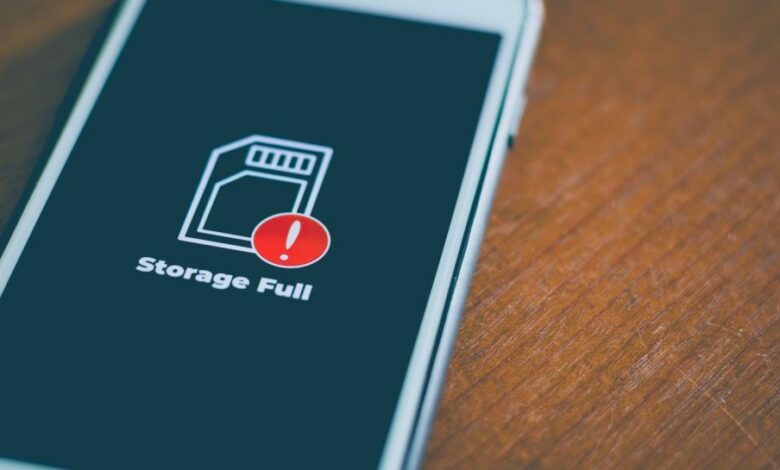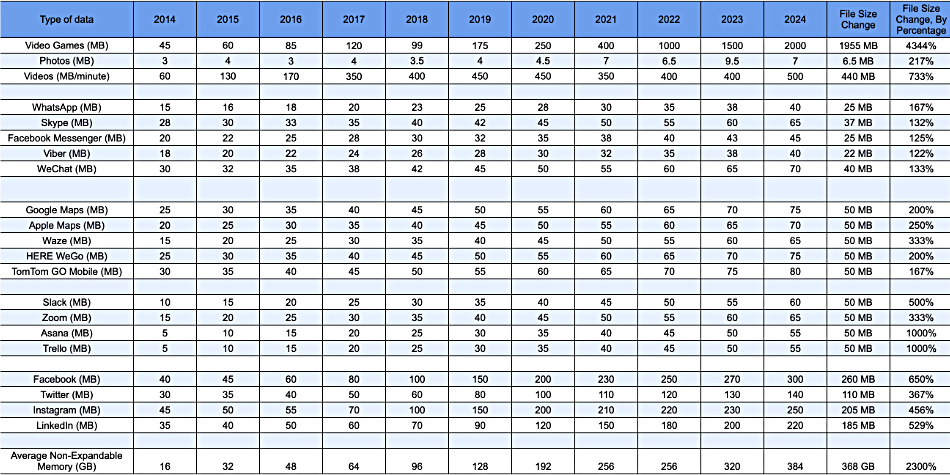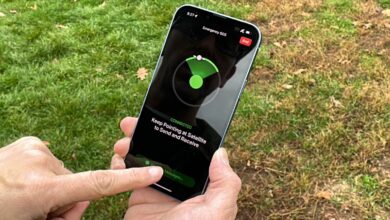Here’s why smartphone storage is disappearing so quickly: Popular productivity apps have grown tenfold in ten years, with Asana and Trello the biggest culprits, but video games remain the biggest data hogs

- Phone apps are getting bigger and storage isn’t keeping pace
- The sizes of social media, games and productivity apps have increased
- Although apps now have many more features, they are also much larger
If you’re wondering why your smartphone storage seems to be filling up faster than ever, you’re not alone. Long gone are the days when 16 GB of storage was more than enough, and apps that used to take up several megabytes of space now consume hundreds of MBs, sometimes even gigabytes.
A recent study from TRG Datacenters tracked the growth of popular apps over the past decade, revealing how productivity apps, communication tools, navigation apps and games have grown in size.
Some have seen their storage needs increase by as much as 1000%, with certain types of data increasing even more dramatically.
From lightweight to heavyweights
Productivity apps have become essential to modern workplaces and have seen significant growth in their data requirements. The study found that popular workplace apps like Asana and Trello have grown 1,000% over the past decade.
In 2014, Asana only required 5 MB of space, but by 2024 this had grown to 55 MB. Similarly, Trello increased from 10MB to 100MB over the same period. These increases are attributed to the rise of remote work and the need for these apps to provide more functionality.
As project management software evolves, they have integrated features like real-time collaboration, video conferencing, and cloud storage, which obviously require more data. Other productivity tools like Slack and Zoom are up 500% over the same period. In 2014, Slack and Zoom only used 10 MB of space, but in 2024 they will now need 60 MB.

Video game file sizes have also skyrocketed: In 2014, the average mobile video game took up about 45 MB of storage space. Fast forward to 2024, and that number has exploded to 2000 MB, which amounts to a staggering 4344% increase.
This growth in gaming data is the main culprit for the disappearance of phone storage, as developers push the boundaries of what mobile games can achieve and deliver experiences that were once only possible on consoles and PCs.
Social media platforms, once relatively lightweight, have also seen dramatic growth in their storage needs. Facebook has increased its file size by 650%, from 50MB in 2014 to 380MB in 2024. Instagram, which is heavily focused on visual content, has grown by 550% from 40MB to 260MB over the same period.
Although Twitter’s growth is more modest compared to other platforms, its file size has still increased by 367%, from 30 MB in 2014 to 140 MB in 2024, and even LinkedIn has grown by 529%, from 35 MB in 2014 to 185 MB in 2024. 2024.
The expansion is not limited to social media and productivity apps. Communication apps such as WhatsApp and Skype have also experienced growth. In 2014, WhatsApp only required 15 MB of space, but by 2024 that will increase to 40 MB, an increase of 167%. Similarly, Skype has grown from 20MB to 55MB, which represents a 132% increase.
Also, navigation apps such as Google Maps, Apple Maps, Waze and HERE WeGo have increased in size by between 200% and 250%, with the increase driven by real-time traffic updates, offline maps and integration with third-party services.
As app sizes have increased dramatically, smartphone manufacturers have tried to keep pace by increasing the average storage capacity of their devices. In 2014, the average smartphone only had 16 GB of non-expandable memory. By 2024, this will have increased to an average of 384 GB: an increase of 2300%. Despite this, many users still struggle with limited storage space due to the sheer size of modern apps.




